Piotr Wcisło, Professor
Karolina Kitkowska, MBA
Kamil Leon Sołtys, MEng
Tomasz Cisek, MEng
Hubert Jóźwiak, PhD
My research focuses on two key areas. First, I study the structure and interactions of simple molecules, including hyperfine couplings and interactions with external fields, in the context of accurate spectroscopy for fundamental studies. Second, I investigate the interplay between collisions and spectroscopy through rigorous quantum scattering calculations to deepen our understanding of collisional effects in molecular spectra. To this end, I develop efficient computational tools that produce accurate reference data, including rate coefficients and collisional line-shape parameters, for astrophysical and atmospheric applications.
Mateusz Narożnik, PhD BEng
My work focuses on the design, simulation, and experimental aspects of CRDS and the cavity for the H2 dipole trap. Beyond these, my research interests include ultra-stable lasers, their fundamental limitations, and their applications in fundamental physics and metrology.
Michał Słowiński, PhD MEng
Nikodem Stolarczyk, PhD
I specialize in the theoretical foundations of molecular optical resonances, developing models and calculating line profiles from first principles. My work combines numerical methods, data analysis, and theoretical approaches to enhance laboratory data modeling and interpretation. What excites me most is integrating experimental and theoretical results to derive meaningful physical conclusions. Beyond theoretical research, I have extensive experience in developing optical setups, preparing and performing laboratory measurements. I also enhance the accessibility of our scientific output by integrating our group’s calculated and measured data into major spectroscopic databases. I contribute to the development of database structures and develop refinements to improve their organization and usability.
Michał Żółtowski, PhD
I specialize in quantum scattering studies, focusing on two key areas: astrochemistry and molecular spectroscopy. In astrochemistry, I calculate collisional rate coefficients to aid in the interpretation of astrophysical observations. In molecular spectroscopy, I use ab initio quantum scattering methods to determine spectroscopic parameters essential for accurate molecular spectrum modeling. The complexity of these calculations requires substantial computational resources, including memory and CPU time on supercomputers, which require optimization strategies to ensure feasibility and efficiency. My goal is to provide highly precise collisional data to advance these fields.
Emha Riyadhul Jinan Alhadi, MSc BEng
My focus research is developing an experimental setup that harnesses molecular beam spectroscopy to explore quantum electrodynamic corrections. For example, developing HD or H2 molecular cloud source, beam geometry alignment, UV ionizing laser, ion detection system, spectroscopy laser, ultra-accurate measurements of molecular rovibrational line, theoretical simulations or estimations, and experimental data analysis.
Bogdan Bednarski, MEng
I specialize in the development of optical, electronic, and control systems for high-precision molecular spectroscopy, with applications in fundamental science and metrology. My work lies at the intersection of physics, mathematics, and engineering: a triple point I’m unwilling to exit. With a background in applied mathematics, control theory in particular, I integrate advanced control techniques and develop tools to advance precision spectroscopy.
Kamil Stankiewicz, MSc
I specialize in the design, development, and application of laser, optical, and electro-optical systems for ultra-precise molecular spectroscopy, with a particular focus on cavity-enhanced techniques. Currently, the systems I work on are used, among other applications, for ultra-precise spectroscopy of cryogenic hydrogen molecules for fundamental physics research, the realization of SI standards, molecular collision studies, trapping of weakly interacting neutral molecules, and the detection of sparse molecular distributions via REMPI ionization. The laser sources I utilize span from the mid-infrared (MIR) to the ultraviolet (UV), covering continuous-wave (CW) to femtosecond regimes. They include diode lasers, dye lasers, optical frequency combs, optical parametric oscillators, and frequency-mixing systems.
Maciej Gancewski, MSc
I’m a theoretical physicist working in the broad field of atomic, molecular and optical physics. I study the effects of quantum scattering and spin-dependent interactions on the fine-structure resolved electronic and rotational spectra of atmospheric oxygen, and I simulate the dynamics of optical trap loading with effusive molecular hydrogen beams.
Jakub Behrendt
I am a student at NCU doing my master’s degree in physics. Currently I am working on quantum mechanical scattering calculations and determination of collisional line-shape parameters for the HF molecule perturbed by the N2 molecule. I have also contributed to the 2024 HITRAN data update for the H2 and HD molecules, most notably, by calculating the spectral line intensities of magnetic dipole lines for HD.
Dariusz Kierski
I’m an undergraduate at NCU studying Technical Physics. My scientific intrests lie in data analisys and spectral line shape theory.
Marcin Makowski, BEng
Within our research group I specialize in conducting cryogenic spectroscopy of molecular hydrogen. My work focuses on experimental physics, including the design and development of measurement systems. Additionally, I am involved in constructing and performing simulations of electrostatic systems used for detecting H2+ ions generated through the 2+1 REMPI (Resonance-Enhanced Multiphoton Ionization) process. My scientific interests revolve around fundamental physics, high-resolution laser spectroscopy, particularly saturation spectroscopy, and electronics, with a strong emphasis on instrumentation and signal processing.
Mateusz Milczarek
I’m an undergraduate student at NCU. My current work focuses on the development and testing of an experimental setup for ultra-precise molecular spectroscopy, mainly focusing on its optical, electro-optical and laser components.
Paweł Olejarczyk, BEng
I am involved in the construction of an optical system with high-power lasers, designed to precisely couple the laser beam into an ultra-high finesse cavity. My work includes assembling, aligning, and fine-tuning optical and electronic components to ensure the system’s stability and high performance. A key aspect is the ultra-stable stabilization of cavity modes, which requires precise control and the application of advanced optical techniques. My efforts contribute to high-precision optical metrology and experiments that demand the highest level of laser stabilization quality.
Artur Olejnik
In my research, I focus on two main aspects. First, I investigate the influence of collisional effects on molecular spectra. For this purpose, I perform advanced quantum-scattering calculations and determine collisional line-shape parameters, which are significant for astrophysical and atmospheric applications. Second, I study the structure of simple bound and quasi-bound systems, including hyperfine couplings, to provide reference points for accurate spectroscopic experiments essential for fundamental studies.

